If you haven’t heard of ‘virtual fencing’ for livestock yet, brace yourselves. We think that this new tech has the potential to radically transform animal management.
Imagine an underground fence shock-collar system like those used to keep dogs in their yards… but with collars made specifically for livestock, and without any underground wires. That’s exactly what the Norwegian based startup NoFence dreamed up as a solution to sidestep a handful of animal management difficulties including the installation of fences in some of the difficult rocky terrains they call pasture. Those of us who heard about NoFence early on, have been anxiously awaiting their introduction here across the pond.
Well that time is now here!
Members of our Restoravore team were selected to be a part of the pilot program that NoFence is using to introduce and test their products here in the US. We are fortunate enough to get to experiment with and learn how to use this containment system with our own animals. Meanwhile, NoFence gets to benefit from working with some American consumers, as well as with our cellular service networks. Data about how things are functioning here during the trial goes directly back to NoFence in order to help them refine their products and services. For those of you already asking: a full public rollout is expected here in the states within a year.
So how does the system work?
Collars are developed specifically for cattle, sheep and goats and are outfitted with lithium ion batteries, small photovoltaic panels to slow battery drain, and… GPS systems! It’s the GPS that is really the key here. Instead of relying on a signal from a buried wire the collars are responding to a fully virtual (invisible) boundary that is based on GPS coordinates. This system is integrated with an application on your smartphone in which you create a pasture outline on a satellite imagery map of your grazing land. This outline is registered as GPS points and communicates directly with the animal collars. When a collared animal approaches one of these boundaries a warning tone will sound (pitch increasing with proximity) until the animal reaches a point at which it receives an electrical pulse. Animals quickly learn to associate that warning tone with the subsequent pulse and usually then begin to respond to the tone on its own.
In some ways it really is quite similar to the dog collar system.
But hold on, it gets quite a bit more interesting!
With the typical dog collar system some animals learn to just endure the brief jolt in exchange for the reward of those imagined ‘greener pastures’. With the NoFence system, animals continue to receive a few additional pulses as they continue in the wrong direction (there is, of course, still a limit). But if the animal simply turns around and begins to head in the right direction the corrective measures cease. Historically, dogs using collars based on the buried wire system will feel the impulse again when they are on the way back in, basically punishing them for returning home. This is avoided in the new system. Not only that, because the new system is GPS based and connected to your phone, the animal manager is immediately notified when an animal meets the boundary, or if it escapes from the pasture entirely (it’s important to note that this DOES sometimes still happen, regardless of what kind of fence you are using – physical fences included). If an animal does get out, the app can, conveniently, tell us exactly where it is.
Furthermore, there is all sorts of additional data that can be gained from this GPS-smartphone connection. We can now easily see how quickly animals are learning to respond to the new system, we can keep track of which animals are prone to pushing boundaries, where individuals are spending their time, what parts of the pasture are being grazed harder, and how charged their collar batteries are. We can be notified if an animal has been stationary for too long and is sick or in trouble, or if it is withdrawing from the rest of the herd, perhaps to give birth. There are so many new things that we’re just beginning to realize will be helpful. And of course we shouldn’t fail to mention the simplicity of rotating animals to new pastures with the NoFence system. It’s basically a matter of drawing some new lines on a map with your phone and clicking ‘move’. We can now do that while we’re eating breakfast, or at the office. Think of how responsive we will be able to be with our rotational grazing strategies and how much less time we will spend physically setting up and moving fences. Think of all the new spaces of land that we have been unable to conveniently use, that will now become available.
I’m sure we’ll have many more blog posts to write about what we’re learning about this new system. I just wanted to give you a brief introduction for now. We currently have 4 buck goats and 5 cows all with collars on them that we’re using to teach ourselves the nuances of managing animals with GPS systems. We’re already learning a ton, and I’ll add that the future looks pretty promising!
If you want to check out NoFence, see https://www.nofence.no/en-us/
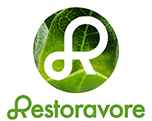
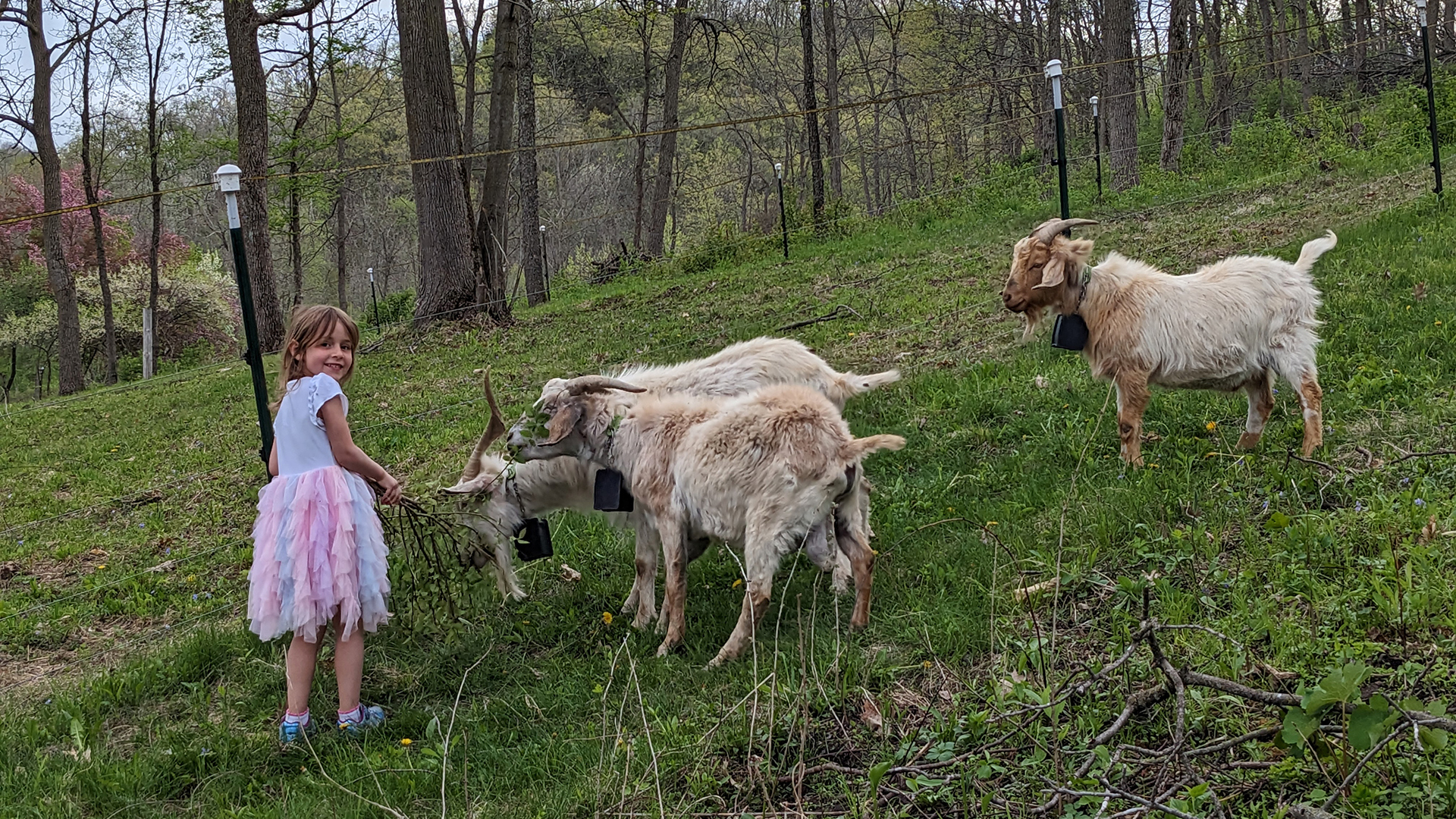
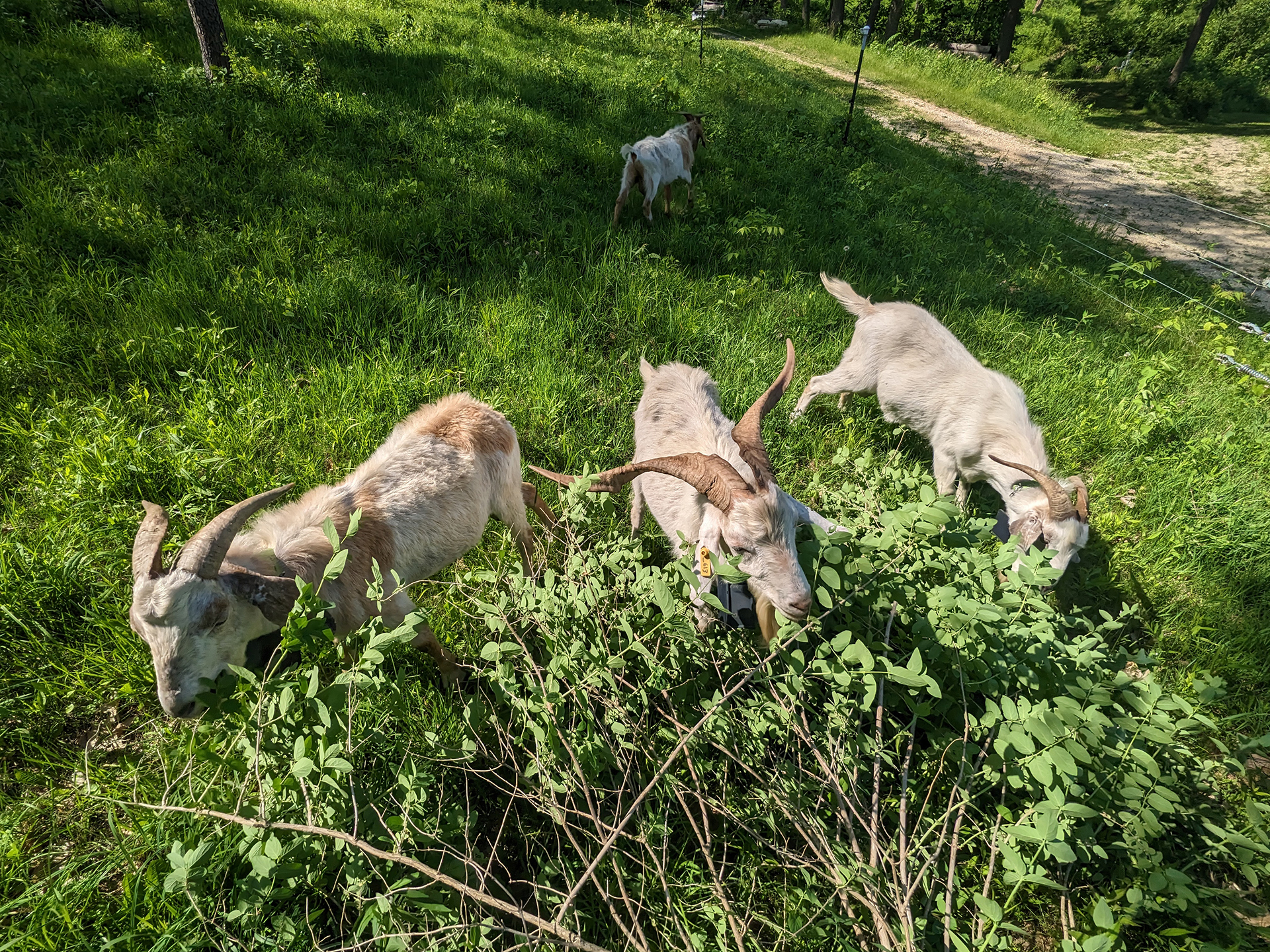
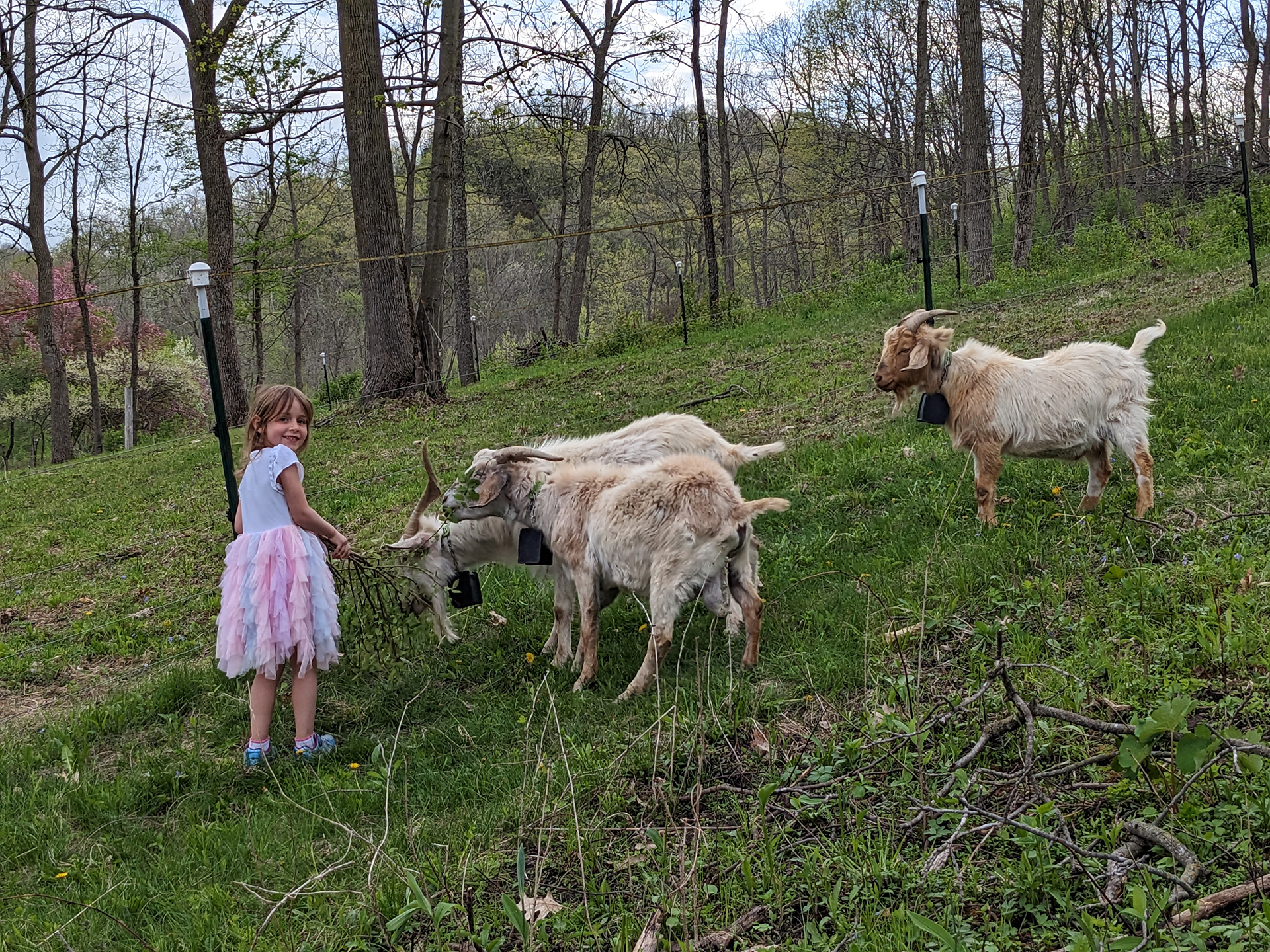
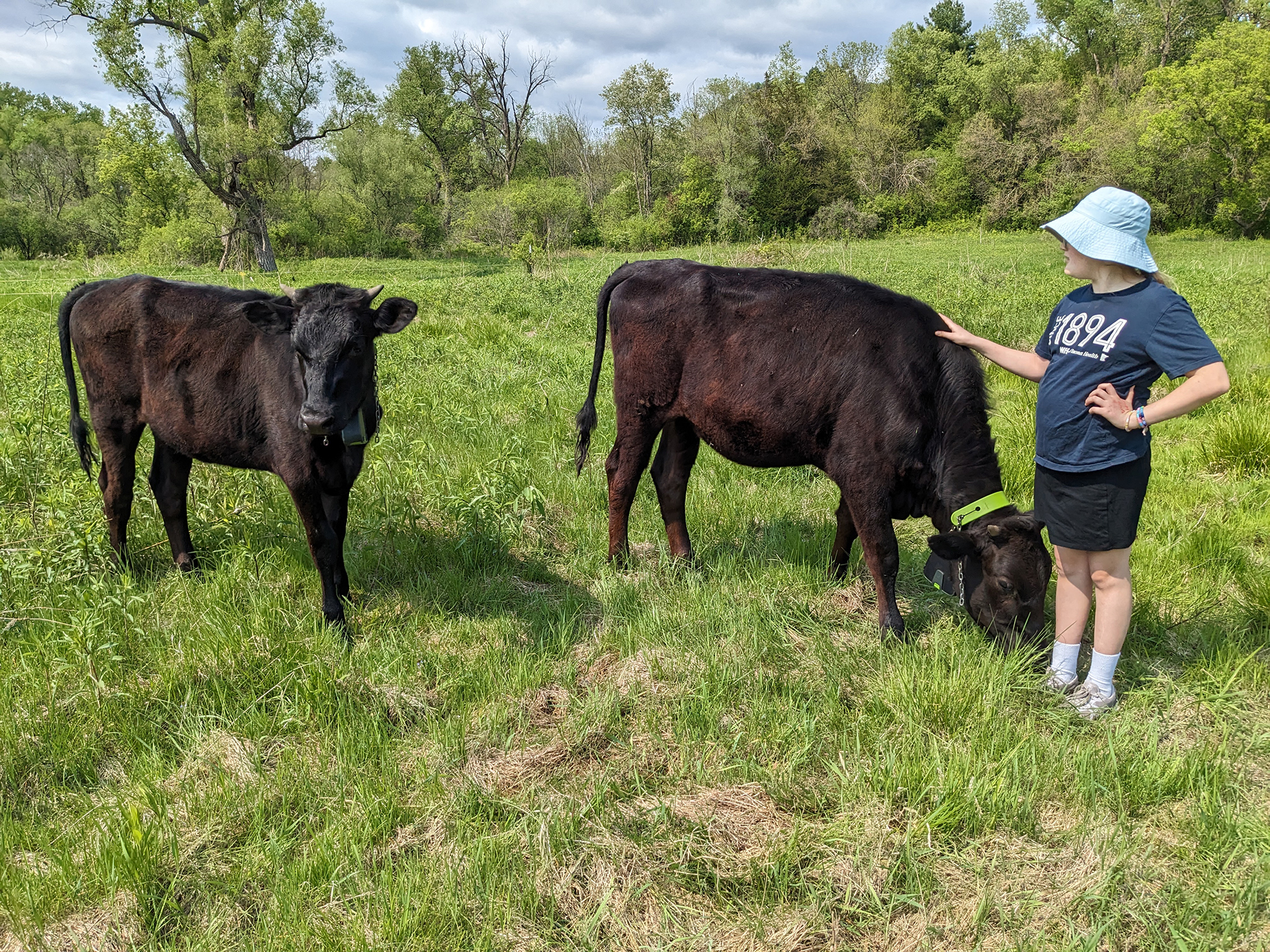

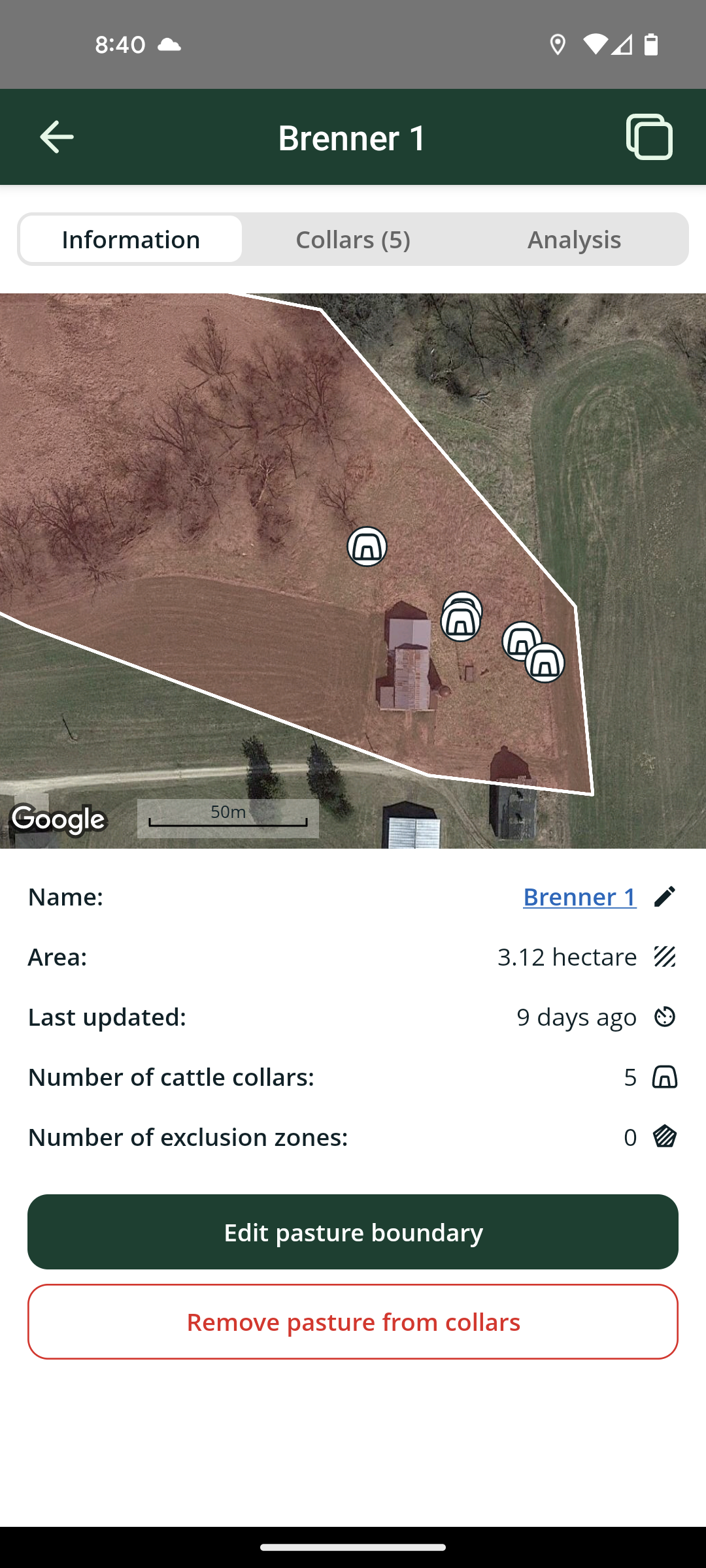
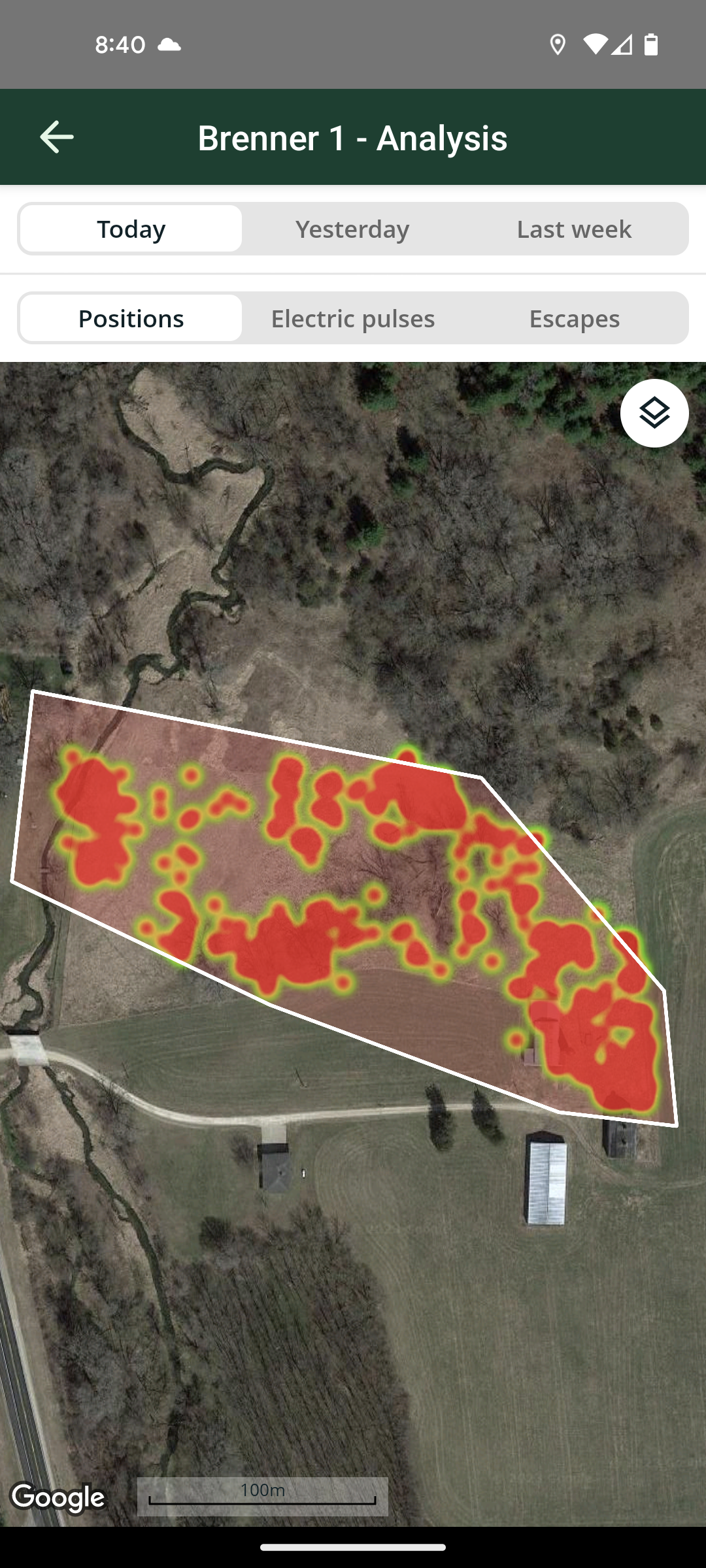



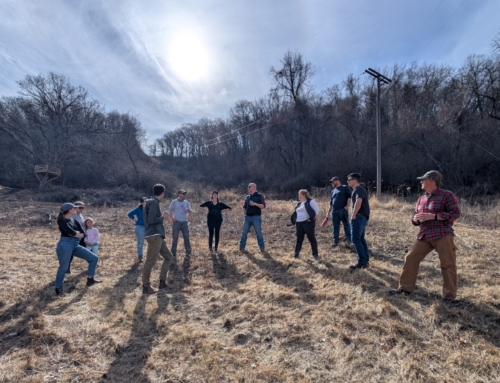
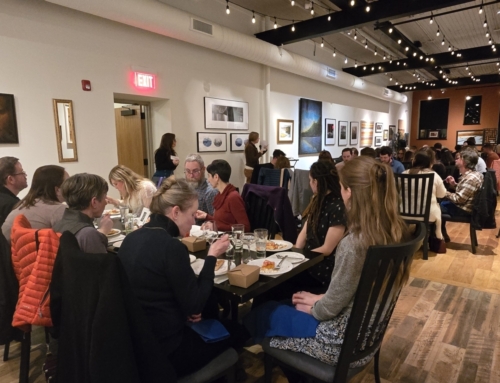

Leave A Comment